How much do you know about the 5-axis knowledge? Learn more about these multi-axis knowledge that you don't know!
In recent years, five-axis CNC machining centers have been used more and more widely in various fields. In practical applications, five-axis linkage technology is undoubtedly an important means to solve such problems whenever people encounter high-efficiency and high-quality machining problems of complex parts. More and more manufacturers are tempted to find five-axis equipment to meet high efficiency and high quality processing. But are you really understanding five-axis machining?
To really understand the five-axis machining, the first thing we have to do is to understand what a five-axis machine is. The five-axis machine (5 Axis Machining), as the name implies, adds two rotating axes to the three common linear axes of X, Y, and Z. The two rotating shafts of the three axes A, B and C have different motion modes to meet the technical requirements of various products.
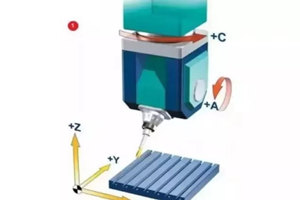
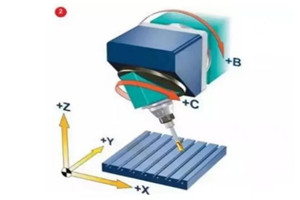
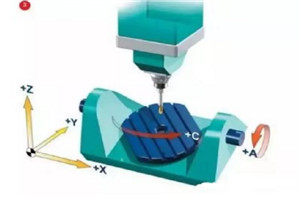
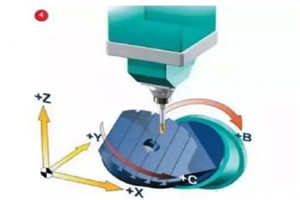
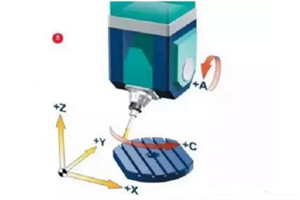
Two rotation coordinates are applied to the tool, and a five-axis machine tool that works on the workpiece (in a swing-and-turn form). I believe we should understand what the five-axis machine is moving and how to move. However, what kind of characteristics can such a machine tool structure show during processing? What are the advantages compared to traditional three-axis machines? Let's take a look at the luminous points of the five-axis machine.
What are the characteristics of the five-axis machine?

Compared with the three-axis CNC machining equipment, the five-link CNC machine has the following advantages:
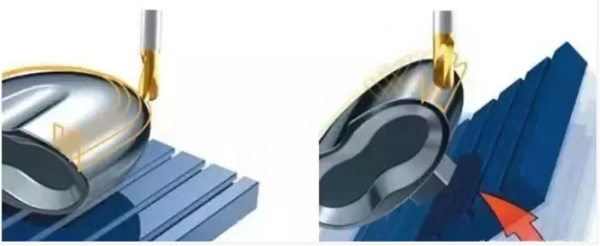
As shown above, in the three-axis cutting mode on the left, when the cutting tool moves toward the tip or the edge of the workpiece, the cutting state gradually deteriorates. To maintain optimum cutting conditions here, you need to rotate the table.
For the components such as impellers, blades and integral blade discs used in the aerospace industry, the three-axis equipment cannot meet the process requirements due to interference. A five-axis machine can be satisfied. At the same time, the five-axis machine can also use shorter tools for machining, increase the rigidity of the system, reduce the number of tools, and avoid the generation of special tools.
The five-axis machining center can also reduce the reference conversion and improve the machining accuracy. In the actual processing, only one clamping is required, and the machining accuracy is more easily guaranteed. At the same time, due to the shortening of the process chain and the reduction of the number of equipment, the five-axis machining center also reduces the number of fixtures, workshop floor space and equipment maintenance costs. This means you can achieve more efficient and higher quality machining with fewer fixtures, less plant space and maintenance costs!
The complete machining of the five-axis CNC machine tool greatly shortens the production process chain and simplifies production management and scheduling. The more complex the workpiece, the more obvious its advantages over the traditional process-dispersed production methods.